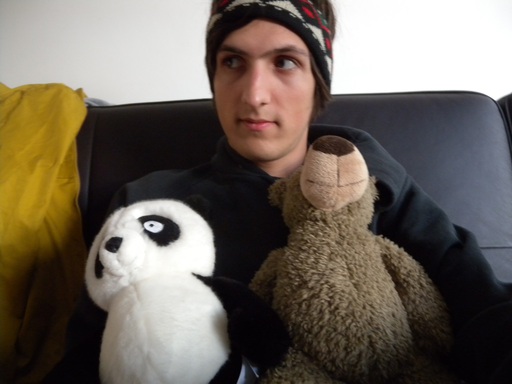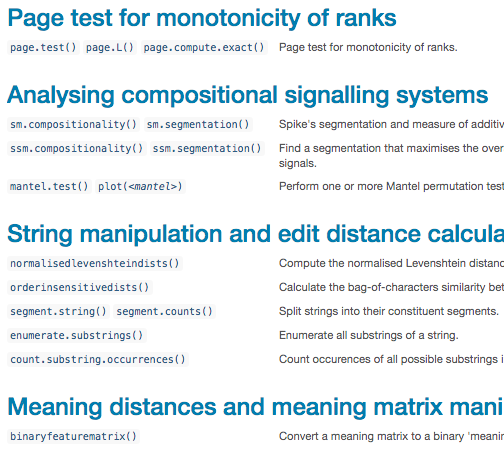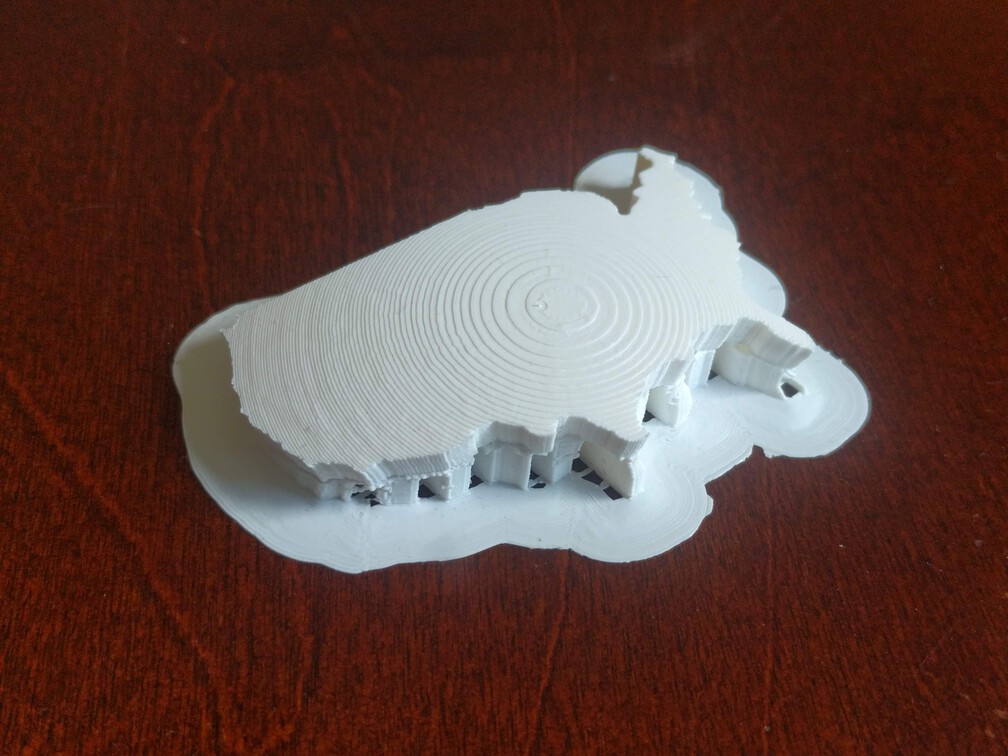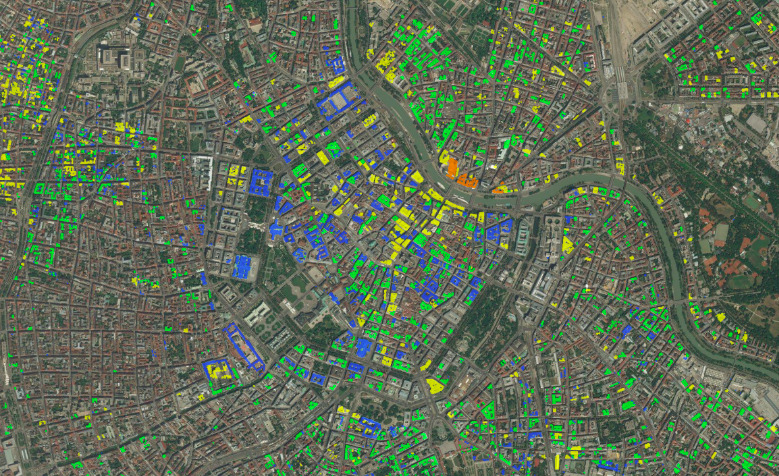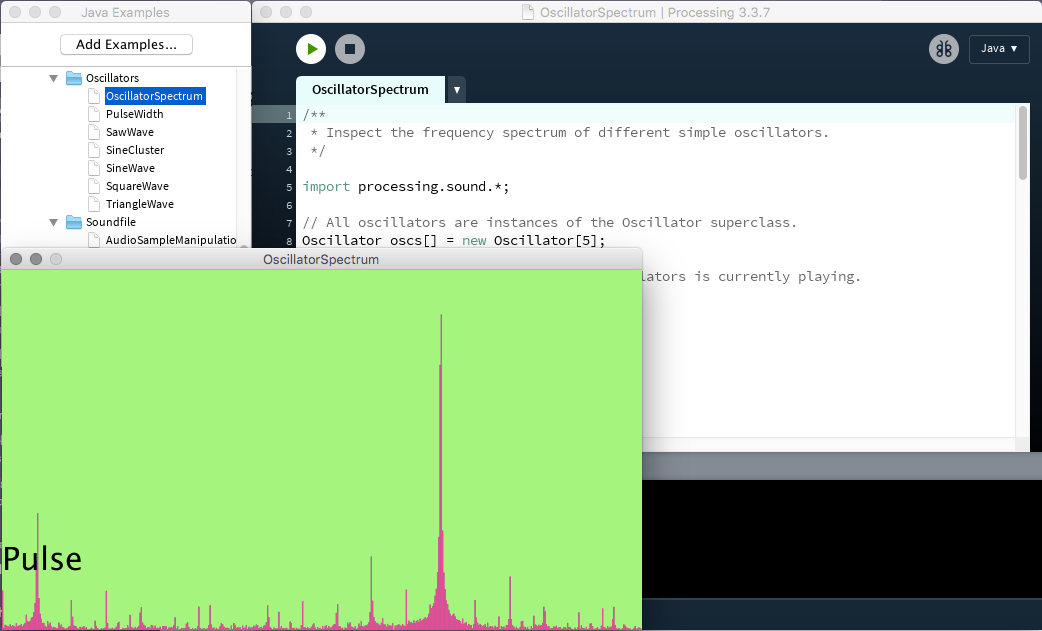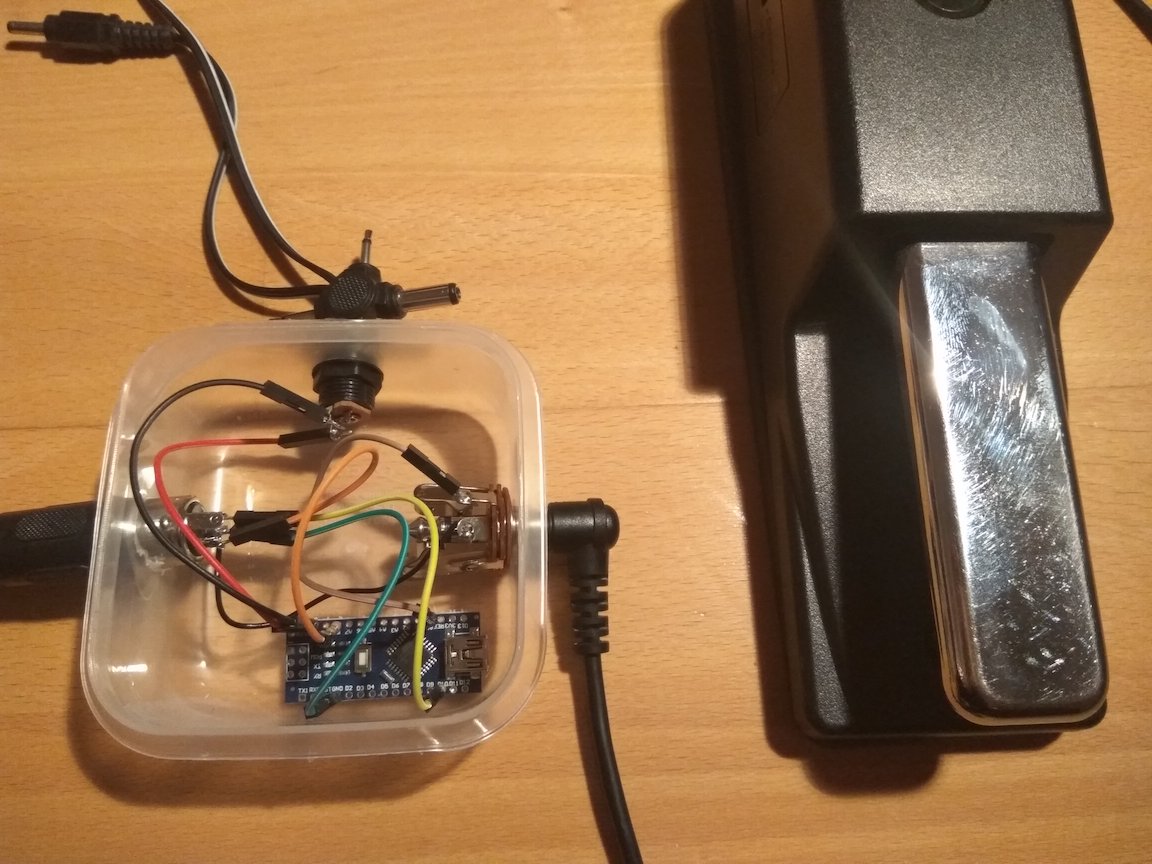Kevin Stadler
Originally trained as a software engineer, I went on to do a PhD in Linguistics & English Language at the University of Edinburgh. Apart from my academic research on modelling language change I have also worked with (and on) open source software on a wide range of other topics, in particular cartography and sound.
You can find a lot of the code I write over on my GitHub profile. I have an irregularly updated blog, and have previously also written for Replicated Typo.
